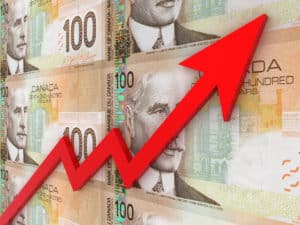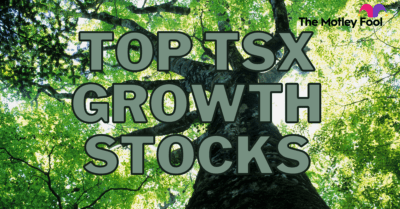Hedge funds, university endowment funds, and institutional investors — the so-called smart money — deal in hundreds of millions or even billions of dollars. All those resources should afford these mega funds exceptional access and better results, right? Here’s the dirty secret: they don’t.
Investment performance is relatively easy to measure. You select a benchmark, such as an index that tracks the performance of the largest companies in your country, and see if your portfolio outperformed the index on an annual basis.
In other words, if you were able to pick winners and shun losers from a basket, that should be reflected in a higher return than the whole basket. Sustained outperformance is the hallmark of great investing. Warren Buffett’s portfolio, for example, has compounded at an annual rate of 18.7% since 1965 compared to 9.7% for the S&P 500.
Meanwhile, how did the average hedge fund perform? According to the Credit Suisse Hedge Fund Index, between January 1994 and October 2018, the hedge fund industry underperformed the benchmark S&P 500 index by a whopping 2.25% annualized.
In other words, simply investing in a low-cost, passive fund that tracks the broader stock market would have given average investors with no special skills better returns than multi-millionaire hedge fund managers and their billionaire investors.
How to apply this
Passive investing in low-cost index funds has been gaining momentum in recent years. More investors are taking a closer look at the data and academic literature that suggests beating the market is so difficult, it’s nearly impossible. Investing in index funds is cheap, easy, and (most importantly) lucrative.
iShares S&P/TSX 60 Index ETF (TSX:XIU) is, perhaps, the best option for retail investors in Canada. Not only is it the largest exchange-traded fund (ETF) in Canada at the moment, but when it was created in 1990, it was the first ETF in the world.
Since then, the ETF has delivered a compounded annual growth rate of 7.02%. Compare that to the 5.87% interest rate the Bank of Canada has averaged over the same period, and you can see why the higher risk of stocks is worth it in the long run.
XIU currently holds a basket of Canada’s 60-largest listed companies. The largest holding is Royal Bank of Canada. Meanwhile, the financial sector is the largest portion of the overall portfolio, contributing 35.36% of the total fund.
However, even this impressive ETF can’t live up to the S&P 500. Canadian investors can invest in America’s benchmark index through the iShares Core S&P 500 Index ETF, which is hedged to the Canadian dollar. This ETF has outperformed the XIU by a couple of percentage points over the past one-year, three-year, and 10-year periods.
However, the dividend yield offered by the core S&P 500 ETF is nearly half the rate offered by the TSX 60 index, so domestic stocks might be better for income seekers. Growth-oriented investors might want to take a closer look at America’s flagship index.
Bottom line
Passive investments in index funds have surged in recent years, as more investors realize that professional management and high fees don’t guarantee outperformance over the long run.










